Aircraft with easier mid-air refueling
The nose can be opened, and there is an entire air refueling interface inside. When the nose is opened, the rear wing will adjust the angle at the same time to adapt to the speed of the air refueling and level flight, so as to reduce the pilot's burden when refueling in the air.
The speeds not marked below are all ias
The influence of the speed of ias on the level flight of the aircraft will change with the weight of the aircraft, so the following data can only be used as a reference
Minimum controllable speed_150mph
Level flight speed after air refueling is turned on_280mph
Level flight speed_386mph (after jettisoning the drop tank)
Optimum altitude (after jettisoning the drop tank)
Height45000ft
Thrust80
ias speed386mph
tas speed940mph
Level flight speed_418mph (with auxiliary fuel tank)
Optimum height (with auxiliary fuel tank)
Height39000ft
Thrust80
ias speed418mph
tas speed896mph
Air refueling process
- Approach the tanker to a distance of 0.1mi first, slow down to the same speed as the tanker, and approach the tanker at a speed faster than the tanker but no more than about 10mph
- Make good use of the deceleration in the air to better dock the fuel port
- Don't make too much of a stance to steer, turn with a small angle
- Always keep the refueling port directly above the front of the aircraft for better alignment
Take-off - full thrust, full flaps down, can take off from the aircraft carrier
Landing - Thrust 20, flaps half down, approach runway at about ias-250mph, after light or heavy contact with runway, turn off engine and brake halfway, put flaps back flat until full after about ias-80mph Braking, landing requires at least half of the airport runway (if the speed is too low to land, it will be difficult to control the speed of the aircraft when it is landing, and the aircraft will drift if you brake fully after touching the runway)
Cockpit Color-
Yellow - needs control
red - combat
blue - auxiliary
4- Cockpit Door
5- Ditch the drop tank
6- Air refueling
7-hook
8-engine
For an aircraft to have the ability to refuel in the air, two things need to be done well, aircraft design and flying skills. Good aircraft design can make the aircraft have reasonable control performance, so that the aircraft can really achieve aerial refueling. Good skills can Reduce air refueling time
Good aircraft design, for example, the aircraft will not keep shaking due to maneuvering, and it is impossible to control the aircraft delicately
The speed of the aircraft and the speed of the tanker can be synchronized, and it is best to fly horizontally to reduce the complexity of control
And can slow down immediately in the air, reducing the time to try again
Reasonably arranged fuel port is located at the front of the fuselage
A good trick is as mentioned above, first approach 0.1mi and then try to decelerate to the same speed as the tanker...
Specifications
Spotlights
- dabestsock 1.2 years ago
- Fad25GG 1.4 years ago
- ChipAvionics 1.4 years ago
General Characteristics
- Created On Android
- Wingspan 36.1ft (11.0m)
- Length 36.5ft (11.1m)
- Height 10.1ft (3.1m)
- Empty Weight 12,068lbs (5,474kg)
- Loaded Weight 21,038lbs (9,543kg)
Performance
- Power/Weight Ratio 1.602
- Wing Loading 63.1lbs/ft2 (308.2kg/m2)
- Wing Area 333.3ft2 (31.0m2)
- Drag Points 3862
Parts
- Number of Parts 89
- Control Surfaces 8
- Performance Cost 564

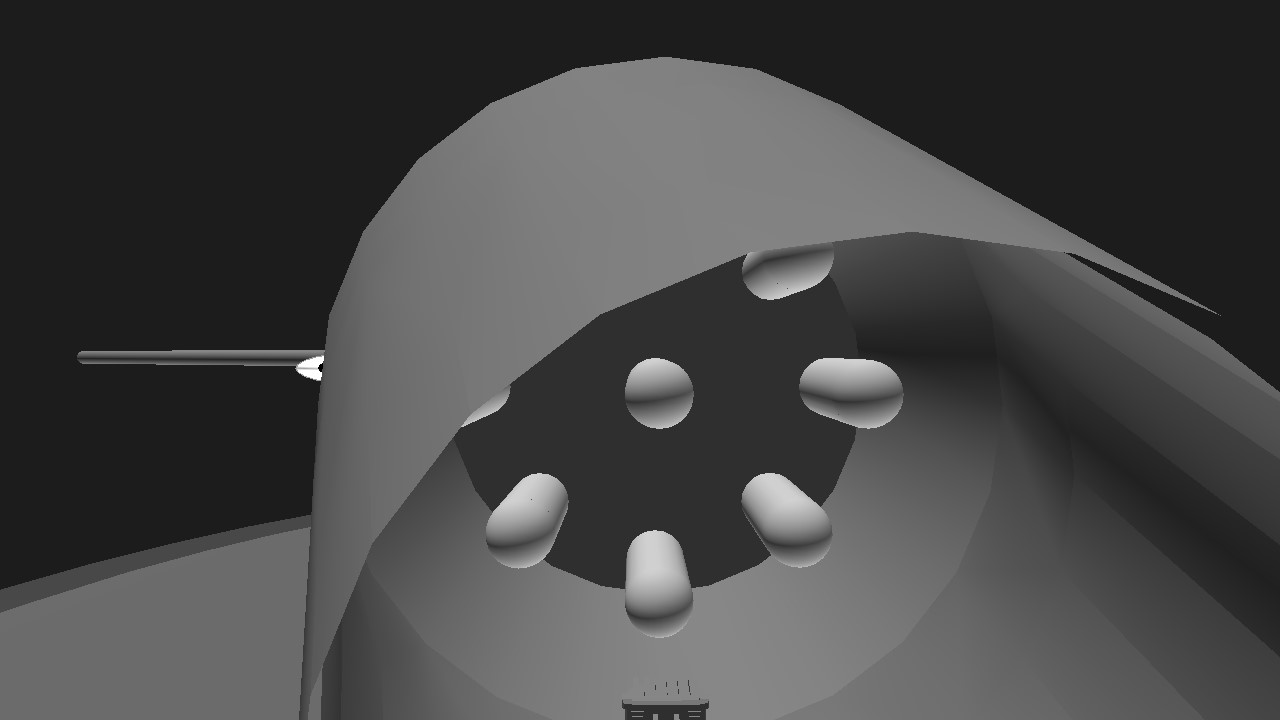
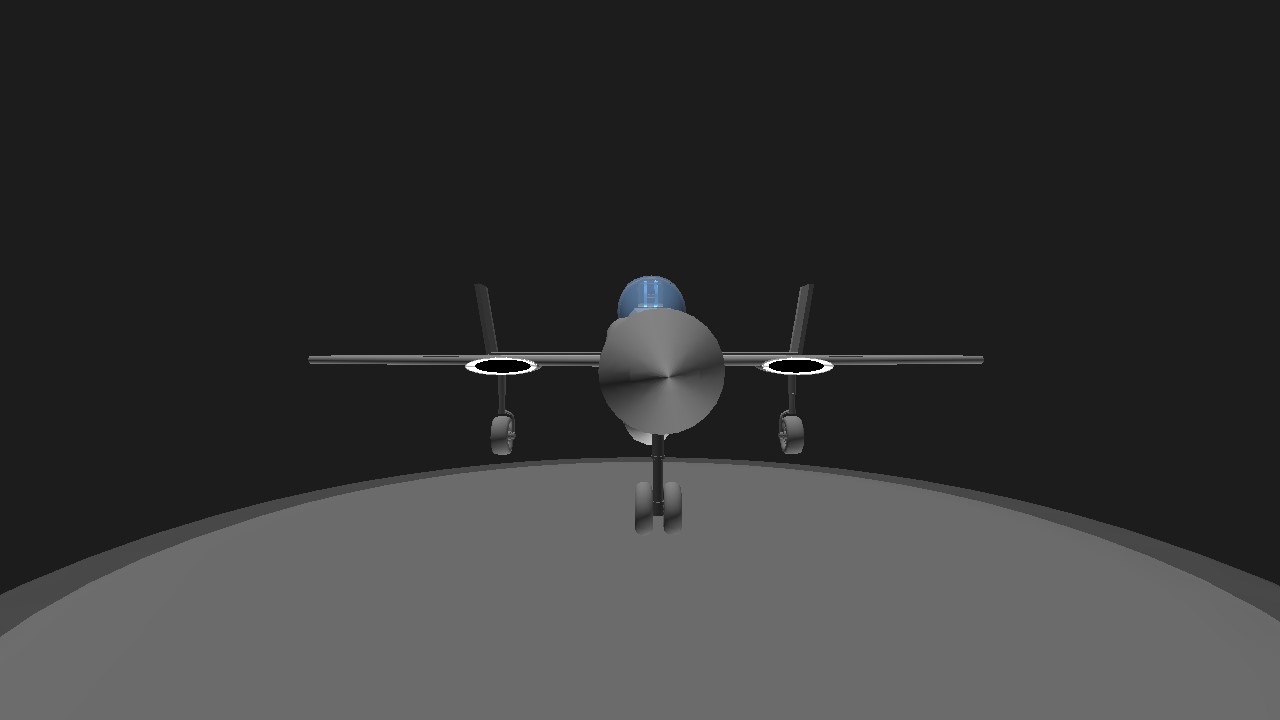
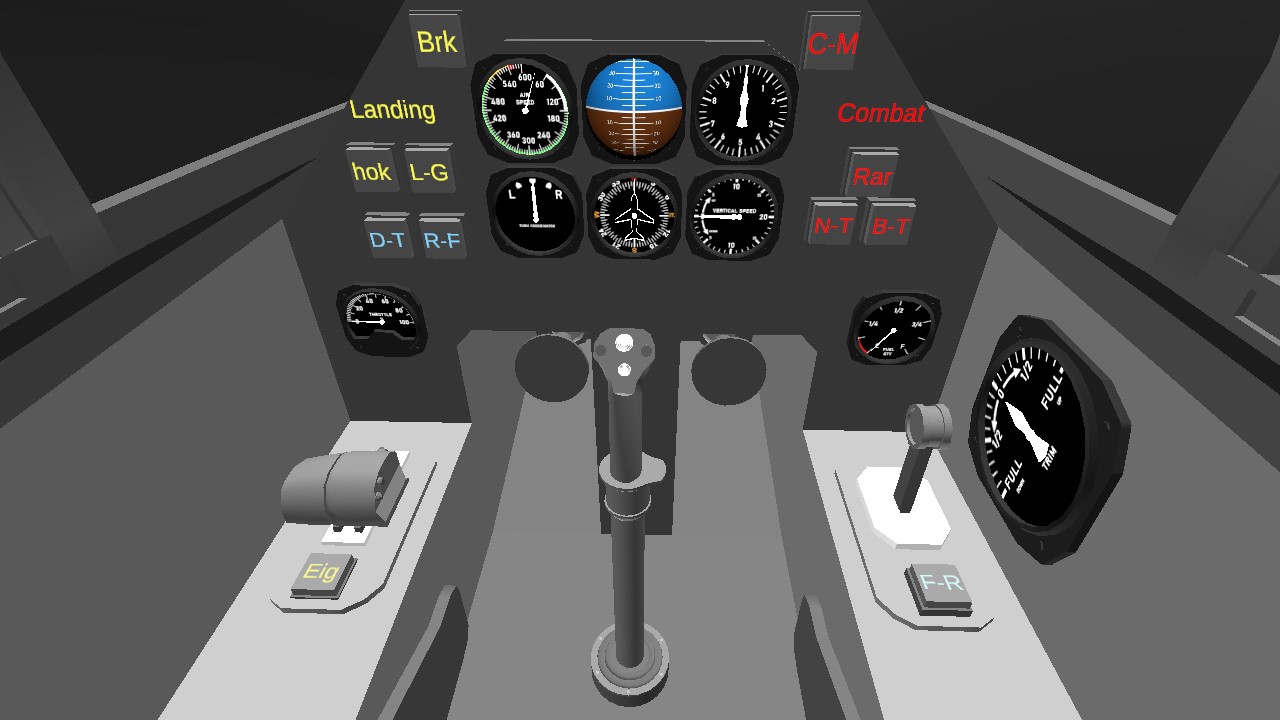
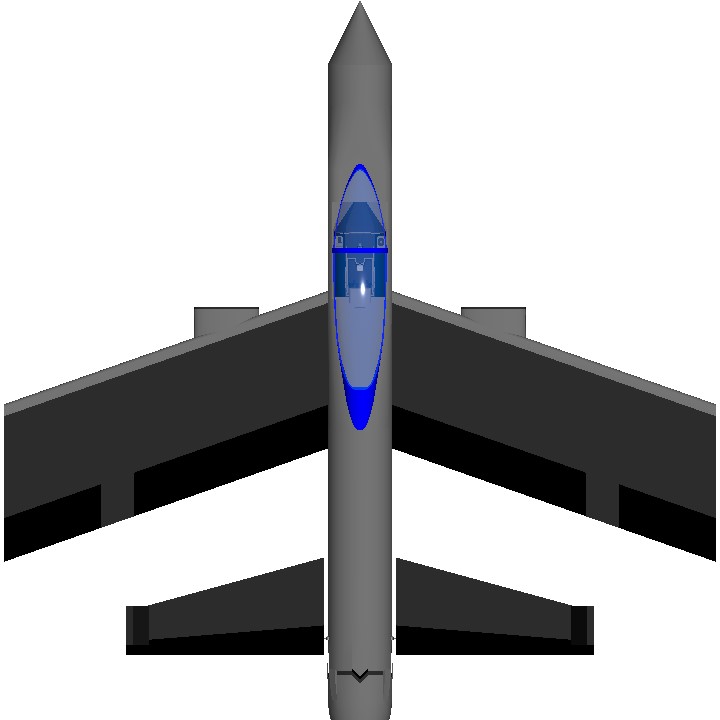

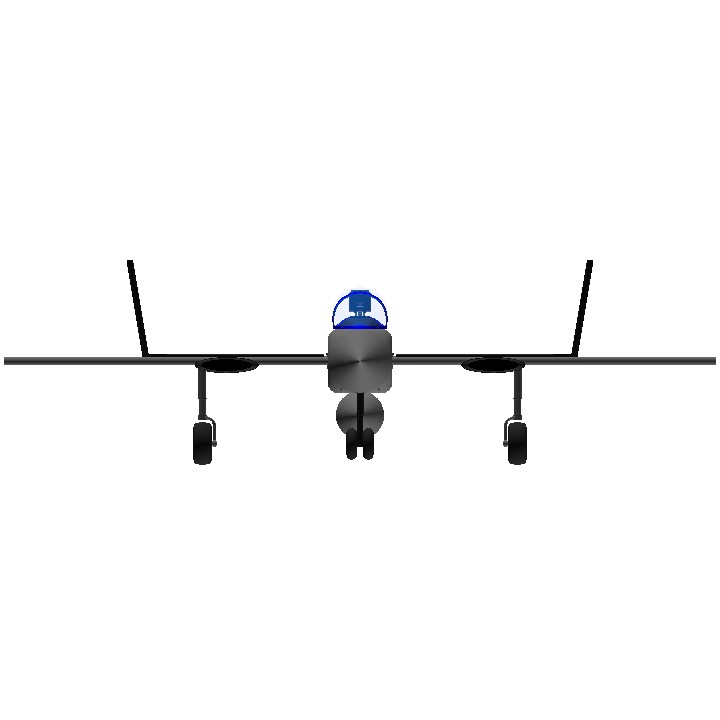
your just below me, i just wanna spotlight you